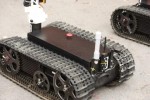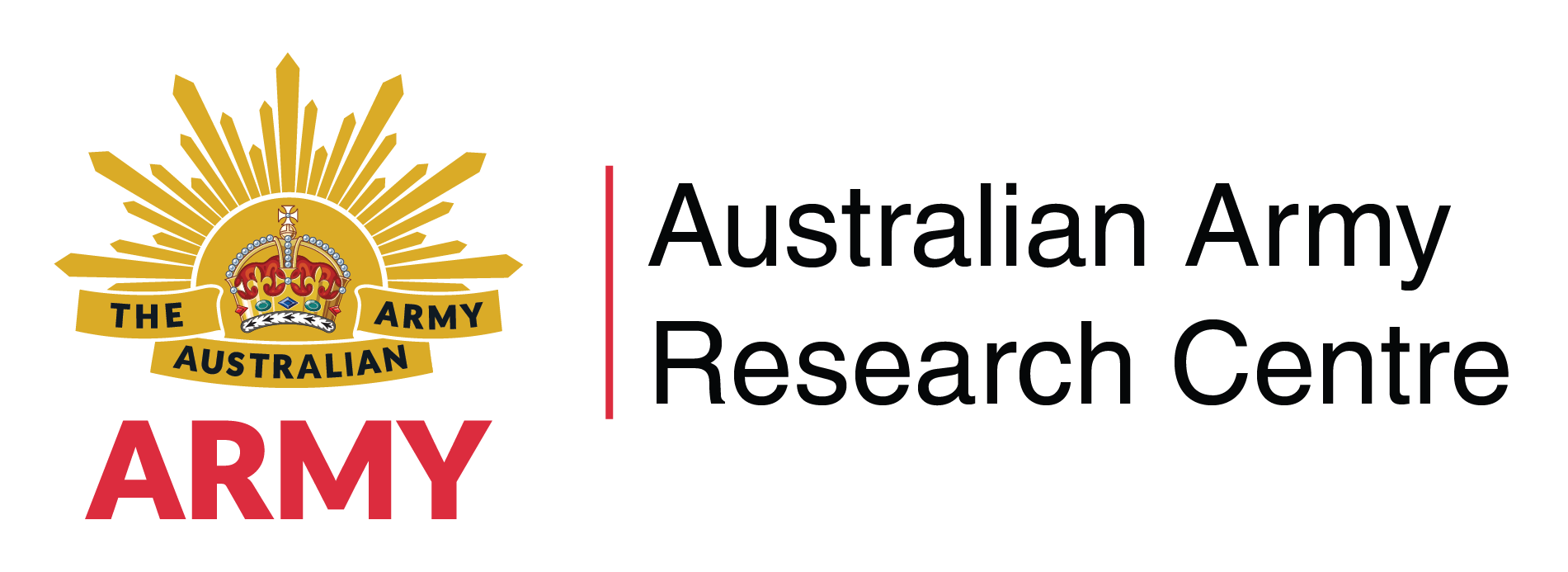Search
Using the filters to the left, click your selection, it will become bold and filter the results, click it again to remove that filter.
This is the standard we walk past In a 2013 video message to our Army my predecessor Lieutenant General David Morrison challenged us to examine our individual and group behaviours, and to consider whether our personal actions accorded with the values required for continued service in the Australian Army. This three minute video caught the attention of many in our Army, the broader Australian community and the global community. It also issued a challenge: the standard you walk past is the standard you …
Knowing what military theory is, and what it is not, is vital. It helps identify what writings further our understanding of war and warfare, and guides professional military education and research for future doctrine and training. This work answers the questions of what military theory is, where it sits within the wider context of the study of conflict, and which theorists are key in defining its body of knowledge. Many military professionals and academics outline the importance of military theory and the …
The British operation in Sierra Leone is regarded as a rare success for Western military intervention. In the popular narrative, British paratroopers deployed to Freetown over a weekend and, through a mix of professionalism, organisation and chutzpah, ‘[saved] the UN from disaster and [hastened] the end of an exceptionally nasty war.’ As Alex Renton later wrote for the Observer: ... the Sierra Leone intervention worked – uniquely well, in the history of modern military interventions in Africa. The rebel …



An Army in Motion It is my great privilege to be your Chief of Army. The Army of today is in great shape and will continue its journey of improving and adapting. There is always more to do as the context and needs of the future continually change. We are an Army in motion. Here I outline my initial approach for thinking about ourselves. I invite you to engage with and help further develop these ideas, framed around four command themes: Preparedness, People, Profession and Potential. Australia’s Army The …


‘ In a few years robots will move so fast you will need a strobe light to see them’ Robots and Autonomous Systems (RAS) seem set to transform the way we live, but while military drones have been a key feature of modern conflict for some time, they appear poised to generate more advanced capability in context of developments in artificial intelligence (AI) and machine learning (ML), which is attracting increasing investment . We are now witnessing early attempts to merge RAS technologies with AI and ML …



